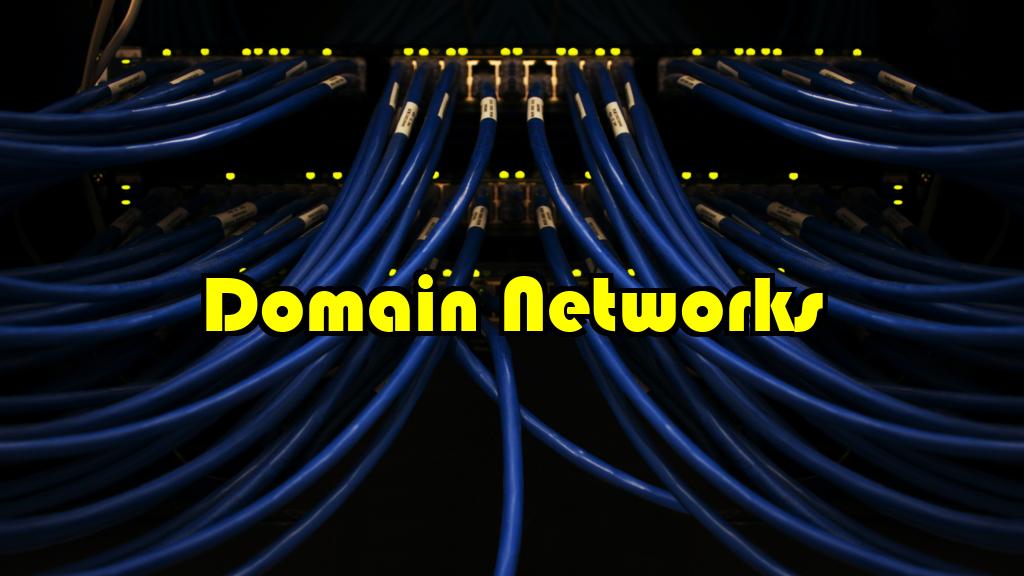What is Ring Topology: Cheat-Sheet 2023

Welcome to our expert guide on Ring Topology, a user-friendly exploration of this network configuration. In this article, we’ll break down the concept of Ring Topology without overwhelming you with technical jargon. Whether you’re a seasoned IT pro or just stepping into the world of networking, this guide aims to be your go-to resource for understanding Ring Topology.
Unraveling Ring Topology
What is Ring Topology?
Ring Topology refers to a network setup where each device links to exactly two others, forming a circular communication path. It’s a straightforward yet effective configuration that has found its place in various networking environments.
Advantages
- Reliability: Due to its redundant structure, Ring Topology ensures reliable data transmission.
- Ease of Installation: Setting up a ring network is often simpler compared to other configurations.
- Efficient Data Transfer: Data moves efficiently in one direction, minimizing collisions and optimizing performance.
- Easy Installation: Setting up a ring topology is relatively straightforward.
- Isolation of Failures: If one device fails, it doesn’t necessarily disrupt the entire network.
Disadvantages
- Network Failure Impact: If one device fails, it can disrupt the entire network.
- Limited Scalability: Expanding the network may require significant adjustments.
- Complete Breakdown on Ring Failure: If the central cable (the ring) breaks, the entire network can be affected.
How It Works
In a ring topology, computers or devices in a network are connected in a circular or ring-like fashion. Each device is connected to exactly two other devices, forming a continuous loop. Picture it like a group of friends sitting in a circle, passing a message from one person to the next until it completes the loop.
- Data Transfer: Devices in the network pass information in a sequential manner. If computer A wants to send data to computer B, it travels through the ring until it reaches its destination.
- Continuous Loop: The loop formation ensures that the data keeps circulating until it reaches the intended recipient. This is similar to how friends pass a message in a circle.
The Types
Now, there are two types of ring topology: unidirectional and bidirectional.
Unidirectional :
Think of it like a one-way street. The information travels in only one direction around the ring. It goes from one computer to the next, and so on until it completes the loop.
It’s like a relay race where each person passes the baton to the next in a fixed order.
Bidirectional :
Here, information can travel in both directions around the ring. It’s like having a two-way street where cars can go in either direction.
This allows for a bit more flexibility because data can go clockwise or counterclockwise, whichever is more efficient.
Practical Applications
Common Devices Used
Ring Topology is implemented using devices like computers, switches, and routers. These devices play a crucial role in maintaining the integrity of the network.
Notable Software Solutions
1. NetworkMiner
- Features: NetworkMiner is an open-source tool that analyzes network traffic. It’s user-friendly, making it accessible for both beginners and experts.
- Reviews: Users appreciate its intuitive interface and the ability to easily extract information from captured data.
2. Wireshark
- Features: Wireshark is a widely used network protocol analyzer. Its extensive features include deep inspection of hundreds of protocols.
- Reviews: Users commend Wireshark for its robust functionality, making it a staple in network analysis.
3. Cisco Packet Tracer
- Features: Cisco Packet Tracer is a simulation tool for network experimentation. It allows users to create network topologies and test configurations.
- Reviews: Many find Cisco Packet Tracer instrumental for hands-on learning, especially for those pursuing networking certifications.
FAQs
What is ring topology advantages and disadvantages?
Ring topology comes with advantages such as reliability, ease of installation and efficient data transfer.
What are 3 disadvantages of ring topology?
1- If one device fails, it can disrupt the entire network. 2- Expanding the network may require significant adjustments. 3- It is expensive.
Conclusion
In conclusion, Ring Topology is a valuable network configuration with both advantages and limitations. By understanding its principles and employing suitable software tools, you can harness the benefits of Ring Topology while mitigating potential challenges.





